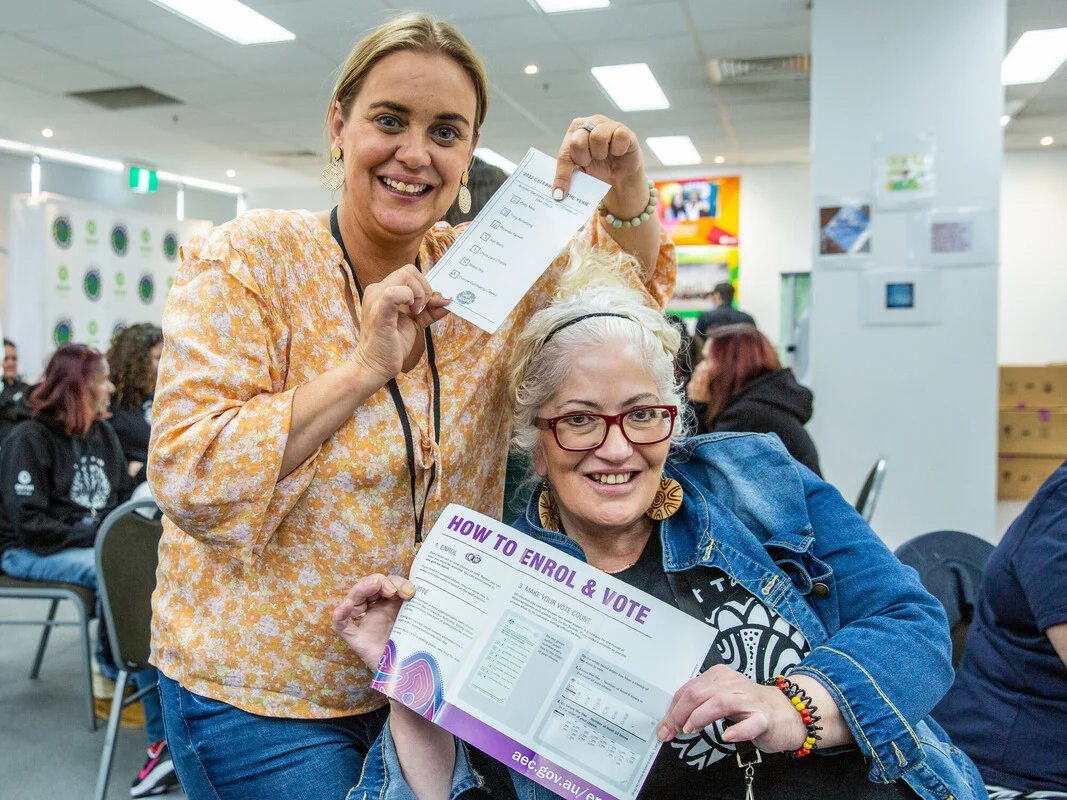How federal politicians are elected and how governments are formed
How Members of the House of Representatives are elected
Members of the House of Representatives are elected for a term of three years using the ‘preferential’ voting system.
Voters are required to rank each candidate in order of preference by placing numbers next to their names on the ballot paper. So, for example, if there are five candidates, voters will be required to number the candidates in order from one to five.
In the first stage of counting, the first preference votes are totaled and if one of the candidates receives more than half of the votes, then they are elected. However, if there is no majority, then the candidate with the fewest votes is eliminated and those voters are redistributed based on the voter’s preferences.
If the candidate who received the voter’s first preference is eliminated during the first count because he or she received the lowest number of votes, the vote will then be allocated to whichever candidate was the voter’s second preference. If this candidate is also eliminated, the vote will be allocated to the voter’s third preference, and so forth until there are only two candidates remaining. The winning candidate will be whichever of these candidates wins the most votes after all preferences have been allocated between the two remaining candidates.
Preferential voting is used in the House of Representatives because it is designed to result in the election of a person who receives the broadest support from the electorate, even though that person may not be the first choice of the majority of voters in the electorate.
The use of the preferential voting system makes it difficult for independents and minor parties to secure seats in the House of Representatives. The proportion of women in the House – currently 45 out of 151 seats – is also negatively impacted by this voting system. This is because most successful candidates are members of the two major parties, so the number of women elected depends on the number of women preselected by the major parties to stand as candidates.
Find out more about how Representatives are elected.
How Senators are elected
Senators are elected for a term of six years on a rotational basis. So, while each state has 12 Senators and each territory two, only half of the Senators will face re-election at a normal federal election. The other half will continue to serve the remainder of their six-year term until the following election.
Senators are elected according to a more complex system of counting votes called ‘proportional representation’. This system helps to ensure that a wider range of political parties is elected in accordance with their share of the vote. It also enables multiple Senators to be elected in each state.
According to proportional representation, a candidate must obtain a certain proportion of the votes, called a ‘quota’ in order to be elected. A quota is determined by dividing the total number of votes by one more than the number of candidates, then adding one. For example, if the total number of votes in a state is 1.4 million and six Senators are to be elected, the quota will be 200,001 (1,400,000 divided by seven plus one).
If a candidate receives more than this number of votes, each additional vote will be distributed in accordance with the preferences of that particular voter. If all six positions have not been filled by candidates who obtained quotas in the first round of counting, the least successful candidate will be eliminated and the votes received by that candidate will be distributed according to the preferences of those who voted for the candidate. This process will continue until all Senate positions have been filled by candidates achieving quotas.
The use of proportional representation means that the Senate arguably achieves a more accurate representation of the Australian community. The Senate has both a greater percentage of women, and a greater percentage of younger people than the House of Representatives. Proportional representation also makes it easier for independent and minor party candidates to be elected to the Senate.
Find out more about how Senators are elected.
How the Government is formed
The political party which wins the majority of seats in the House of Representatives will form the government. As there are 151 seats in the House of Representatives, the party which forms government must win 75 + 1 seats.
Political parties that do not hold a majority of seats in the House may choose to join with another party so that, together, they will hold the majority and therefore be eligible to form government. When two parties choose to work in partnership like this they are often referred to as a ‘coalition’. Coalition governments often have to bargain with the smaller party by giving away powerful portfolios or supporting legislative initiatives.
The previous Howard government was an example of a coalition government. Neither the Liberal nor National parties had enough seats in their own right to form government; however, by choosing to work in coalition, they secured a majority of seats in the House of Representatives.
The government is not required to hold a majority in the Senate in order to govern. In fact, it is uncommon for the party in Government to control both houses.
